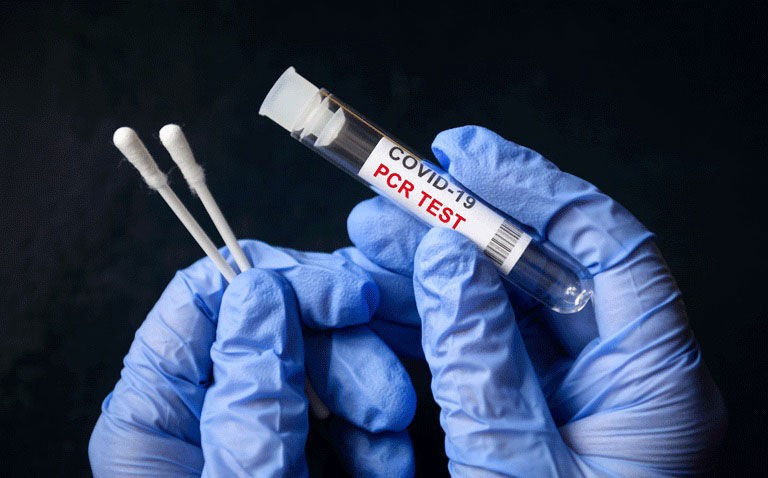Three screening-based predictive tools for COVID-19 infection used in an emergency department were far less sensitive compared to a PCR test
Three screening-based predictive tools for COVID-19 used within an emergency department (ED) have been shown to be inferior to a polymerase chain reaction (PCR) test according to the results of a study by US researchers.
During the early phase of the COVID-19 pandemic, diagnostic testing was not always readily available. Consequently, there was a need for clinical decision-making methods to identify patients most likely to be infected with the virus. Some such methods were developed and one study using a risk score for COVID-19 diagnosis, achieved an area under the receiver operating characteristic curve of 0.85 in a validation dataset, prompting the authors to suggest that it could be used as a supplemental tool to assist in the clinical decision to quarantine patients admitted to hospital from the emergency room. Nevertheless, while there are several available methods, no studies have compared the performance of different methods to predict the likelihood that a patient presenting to an ED has COVID-19.
In the current study, the US team retrospectively assessed three screening-based methods to determine which was better at detecting those who ultimately tested positive for COVID-19. The three methods were a nursing triage screen (NTS), an ED review of systems (ROS) performed by physicians and physician assistants and a standardised COVID-19 probability assessment (PA) by an ED attending (i.e., consultant) physician. The study included all patients aged 18 years or older who were admitted to hospital from the ED and who had a PCR confirmed positive COVID-19 infection. The NTS for example, involved asking about the presence of symptoms including fever, chills, weakness, severe headache, anosmia, dysgeusia, conjunctival injection, sore throat, cough, shortness of breath (SOB), abdominal pain, vomiting, diarrhoea, bruising or bleeding, myalgia, arthralgia and rash. Similarly, the ED review of ROS asked about symptoms, whereas after the initial ROS (but before the COVID-19 test result was available), the attending physician would classify the patient as high, moderate, low or no probability of having COVID-19. The sensitivity, specificity and positive predictive value (PPV) and negative predictive value (NPV) were calculated for each method. and regression analysis used to assessed each tool’s performance.
Screening-based prediction and COVID-19 positivity
A total of 748 patients with mean age of 57.5 years (56.8% male) were included in the analysis. Overall, 21.3% of patients tested positive for COVID-19 following a PCR test.
The attending physician had the highest sensitivity (0.62, 95% CI 0.53 – 0.71), followed by the ED ROS (0.53, 95% CI 0.43 – 0.62) and the least sensitive was the NTS (0.46, 95% CI 0.37 – 0.56). Specificity values were also highest for the attending physician (0.76) though this was similar to the NTS (0.71) and lowest for the ED ROS (0.62). Nevertheless, all three methods had a low positive predictive value, ranging from 26% (ED ROS) to 40% (attending physician).
The authors concluded that none of the three screening-based tools was accurate enough to replace a COVID-19 PCR test, adding that hospitals should not rely symptom screening to identify infected patients and recommended universal COVID-19 testing prior to all admissions.
Citation
Dilorenzo MA et al. Performance of three screening tools to predict COVID-19 positivity in emergency department patients. Emerg Med J 2023










